Planting a Wildflower Meadow
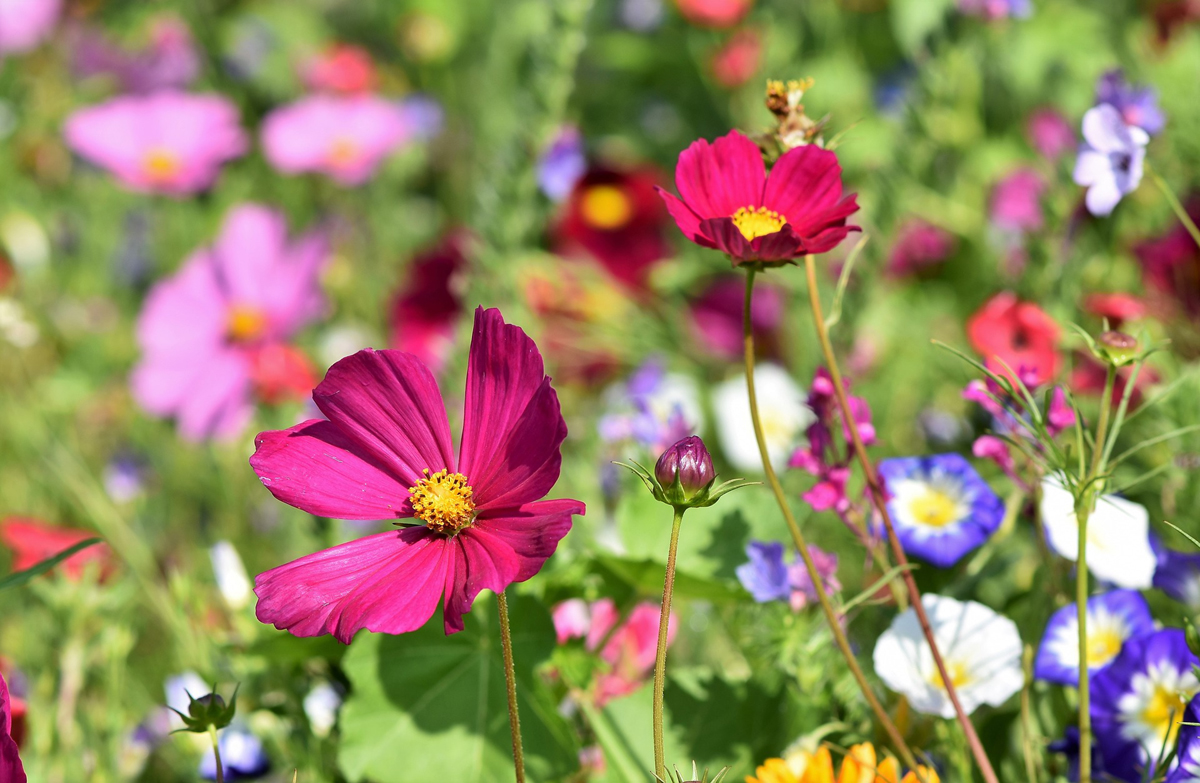
I have a friend who is lucky enough to have a small field attached to her property. Once her old pony sadly died last year, she no longer wanted to use the field for grazing but decided she would like to turn it into a wildflower meadow. Many of our truly wild meadows are fast disappearing, so it is great when someone decides to allow grassland to revert back to nature and help preserve some of the truly beautiful native species of wildflower we have. Creating a wildflower meadow or area is not as difficult as you may think. Here are a few tips and some species you might like to grow.
Preparing The Ground
Good ground preparation is essential to success when planting a wildflower meadow. Contrary to most other forms of gardening, wildflower meadows actually thrive on impoverished soil, so the aim is to strip the ground of more fertile topsoil. As my friend already had a grassy area she wanted to convert, there wasn’t as much preparation to do. However, as the field had been organic for years, it was a good idea to wait and see what plants appeared in spring before decided on what else to plant. This done, in autumn we decided to add more wild flower plants in two ways – the first was to remove sections of the turf in order to sow some seeds. Seeds scattered in amongst the grass will not have much success. Secondly, we bought some mature pants already potted up from a specialist garden centre and dotted them around to create a more natural look.
With a bare piece of ground the preparation is a bit more involved. The more fertile topsoil needs to be removed to a depth of around 10cm. Once you have removed the topsoil, rake and roll the ground to make a seed bed. You can then buy your wild flower seed. The best time to sow seed is in early autumn. You will need roughly about 1 to 1.5g of seed per meter. Once the seed has been sown, rake the surface and roll lightly to firm.
Looking After a Wildflower Meadow
Once you have planted your meadow it will need some aftercare. In the first year you will need to cut your meadow every 4-6weeks. This will help keep down unwanted weeds like thistles, brambles and groundsel and help to strengthen the wild grasses. In subsequent years cutting can be reduced to twice a year – once in autumn and once in early spring.
>>The Beauty and Benefits of Growing Wildflowers
Some Examples of Wild Flowers
Cowslip is a lovely native plant with tall stems of delicate yellow flowers in spring. Ox-eye daisy is a particular favorite of mine. These white daisy flowers look stunning once they have colonized a patch of ground such a bank. Ragged robin is another favorite, with its delicate ragged-looking pink flowers. Campion is a hardy wild plant with tall stems of either pink or white flowers.
Betony flowers from June to September and has reddish purple flowers. Meadow buttercup has bright yellow flowers on tall stems and flowers from May to September. Wild columbine or ‘Grannies bonnet’ is a lovely little flower with mainly purple flowers which bloom from May to July. Cornflowers are a beautiful ornamental wildflower with vivid blue flowers from June to August. There are many species of Cranesbill, a wild species of geranium which flower from June to July and vary in color from blues to pinks.
Try planting wild spring bulbs in your meadow such as bluebell, snowdrop and some of our wild species of daffodil. Wild cyclamen and garlic and the lovely Solomon’s seal are also a must.
If you don’t have the space to create your own wildflower meadow or garden, most species of wildflower will grow happily in garden planters. Grow them in general compost like most other plants. You can even try planting a few species in amongst other plants in your flower borders.
The Author:
Jo Poultney is a RHS qualified gardener who has recently set up a business selling garden planters and garden related gifts via a website.
Photo. Capri23auto

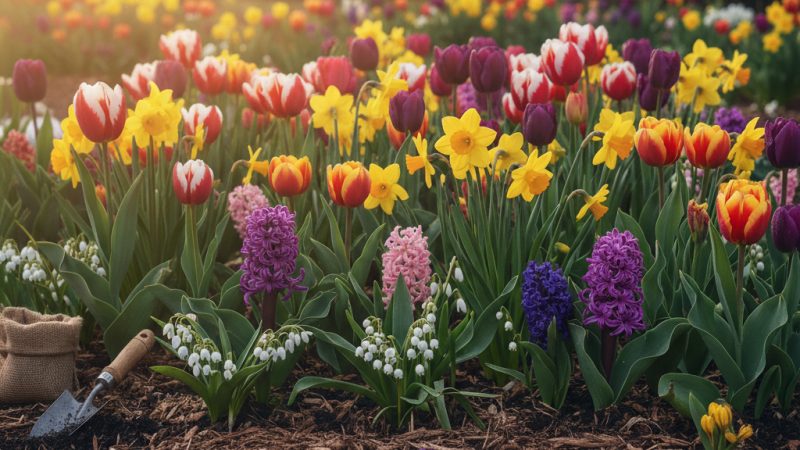
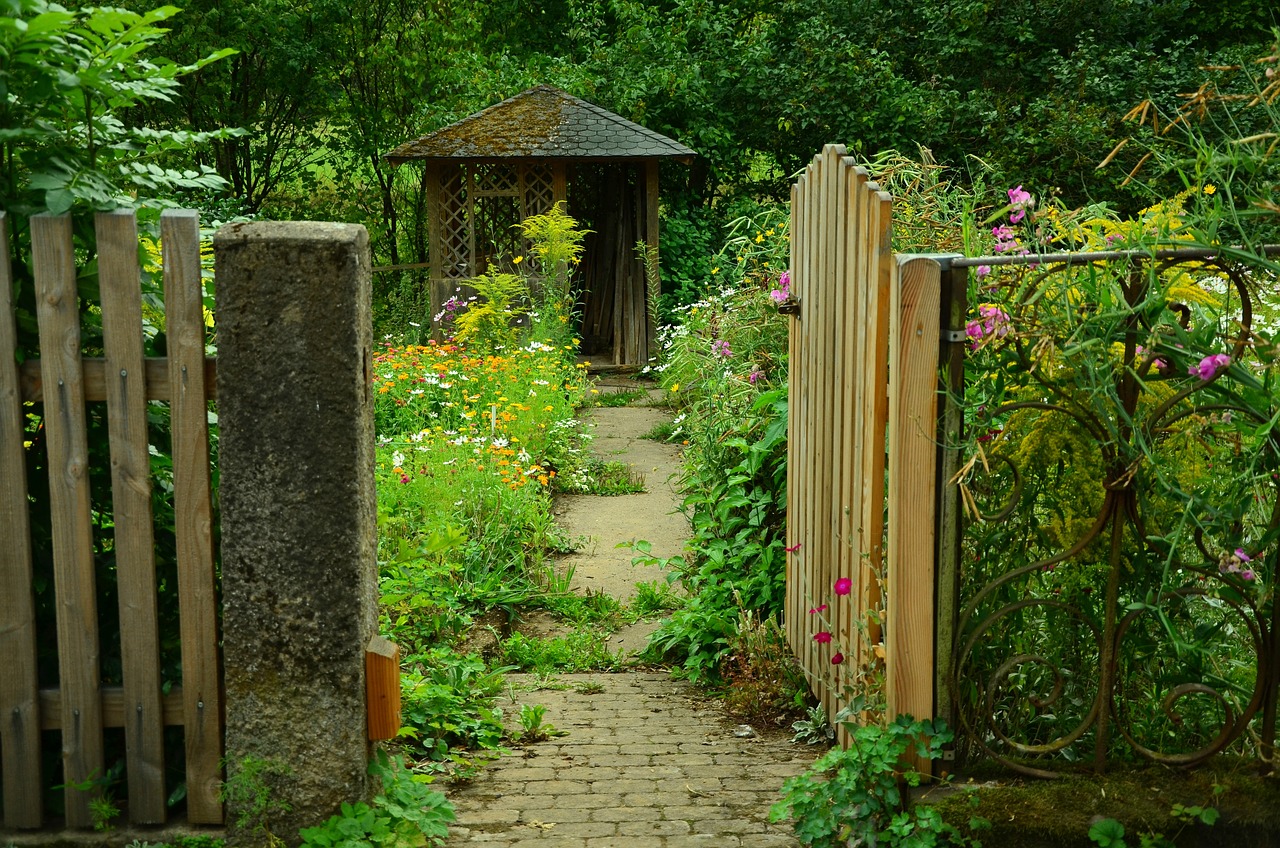

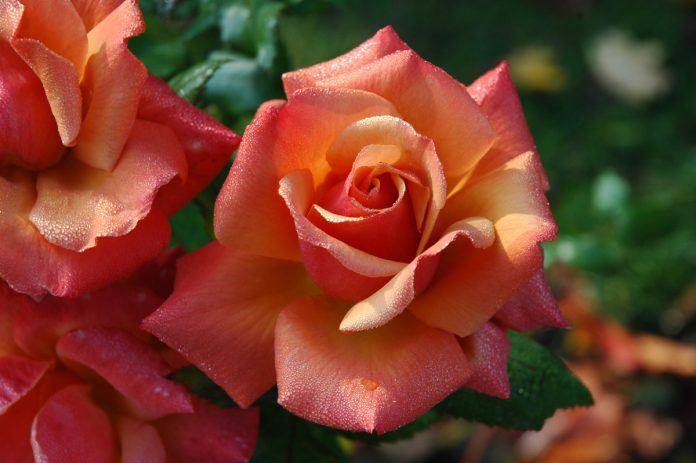
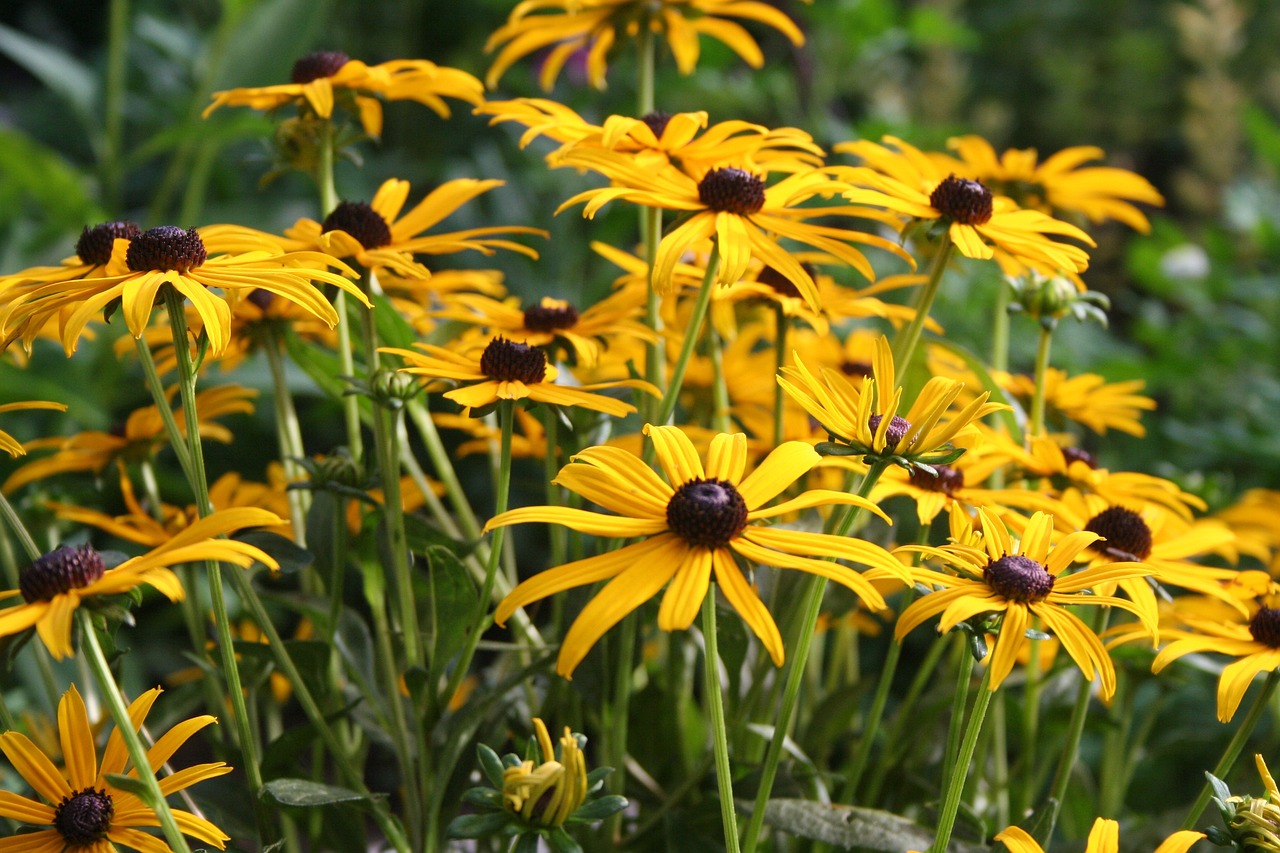


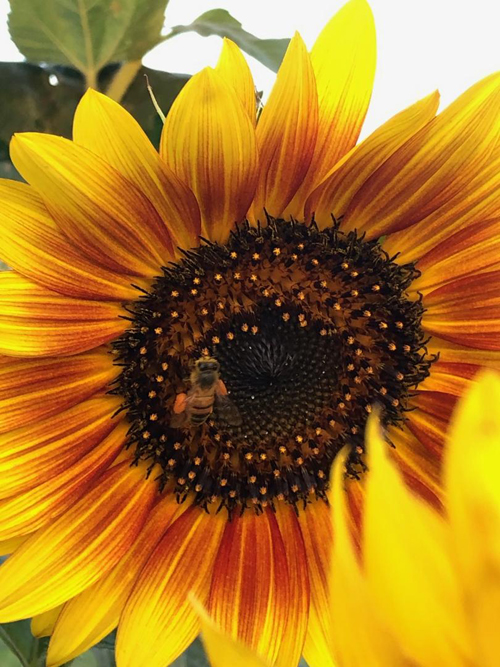
That wildflower meadow in the picture is so pretty! My grandparent have a ranch that they no longer use to grow crops. My grandma said that I could plant whatever I wanted. I would love a meadow full of flowers that will attract honey bees and butterflies. I’ll look for packages of wildflower seeds that include plants like cowslip and ox-daisy. Thanks for all the advice.
It’s so great that you’re planning on creating a wildflower meadow on your grandparent’s ranch! Not only will it be beautiful, but it will also be beneficial for the local wildlife like honey bees and butterflies. Plus, it’s a great way to repurpose land that is no longer being used for crops. Cowslip and ox-daisy are both great options for a wildflower meadow, but don’t be afraid to experiment with other wildflowers too. You never know what kind of unique and beautiful combinations you might come up with. Good luck with your project and enjoy the process of creating a beautiful, natural space!